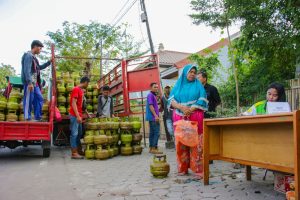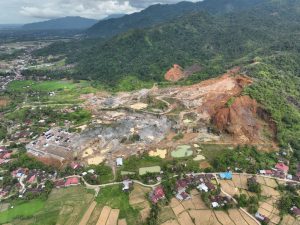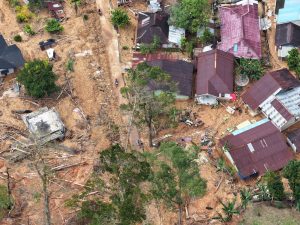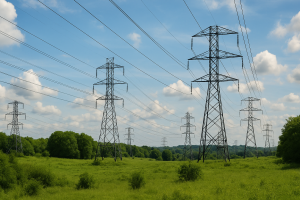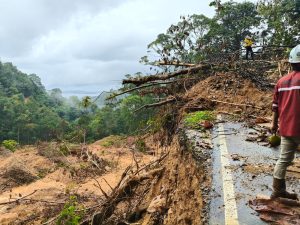Jakarta – Global Energy Monitor (GEM) warns that the expansion of gas-fired power plants and LNG infrastructure in Southeast Asia, including Indonesia, could trap the region in a dependency on fossil fuels that are vulnerable to price fluctuations. In addition, this move could potentially reduce investment in the region’s renewable energy sector.
In its report, “Southeast Asia’s Energy Crossroads: The Cost of Gas Expansion versus the Promise of Renewables,” GEM noted that while Indonesia has the third largest gas reserves in the Asia Pacific, domestic gas production has been steadily declining since its peak in 2010.
The report states that “Indonesia has the potential to become a full-fledged gas importing country by 2040”. GEM revealed that domestic gas utilization in Indonesia has surpassed export volumes.
“Domestic gas use is expected to increase to 24 per cent of the energy mix by 2050. By then, Indonesia’s gas imports are projected to exceed 30 per cent of total demand,” GEM said in its report.
Indonesia is developing 14 gigawatts (GW) of gas-fired power projects, with nearly 5 GW already under construction. It also has 23 million tons per annum (mtpa) of LNG export facilities in operation, with 12 mtpa under development.
In addition, it has Southeast Asia’s largest LNG import facility with a capacity of 15 mtpa in operation and 2.3 mtpa under development.
“Indonesia, along with Vietnam, the Philippines, Malaysia and Thailand, are at the forefront of gas infrastructure expansion with a total cost of USD 220 billion,” the GEM report states.
Solar and wind power are becoming more competitive
Gas expansion is seen as a contrast to the potential of cheaper and lower-emission renewable energy. GEM noted that the cost of generating electricity from solar and wind energy in Southeast Asia is already more competitive than that of gas.
According to GEM, if massively developed, solar and wind energy in Southeast Asia could meet two-thirds of projected electricity demand by 2030.
“Developing cost-effective renewable energy will secure Southeast Asia from volatile gas prices and is a greener path forward,” said Warda Ajaz, Project Manager for Asia Gas Tracker Global Energy Monitor.
In addition, the GEM report also highlights the role of international financial institutions in financing gas projects in Southeast Asia. Mechanisms such as the Just Energy Transition Partnership (JETP), which are supposed to support the transition to clean energy, are instead used to develop gas infrastructure. Indonesia’s JETP proposal, for example, includes plans to convert diesel-fired power plants to gas. This suggests that without clear boundaries, this mechanism could lock in Southeast Asian countries’ dependence on gas.
The GEM report also revealed that Japan has provided USD 9.7 billion in financing for gas projects in Southeast Asia through its four main banks in the past decade. This move is seen as an attempt by Japan to secure its energy security and help its utilities manage excess LNG contracts.
To ensure long-term energy security, GEM suggests that Southeast Asia focus on developing renewable energy projects equipped with energy storage technology. This will not only reduce dependence on gas but also improve the stability of the region’s power grid. (Hartatik)




